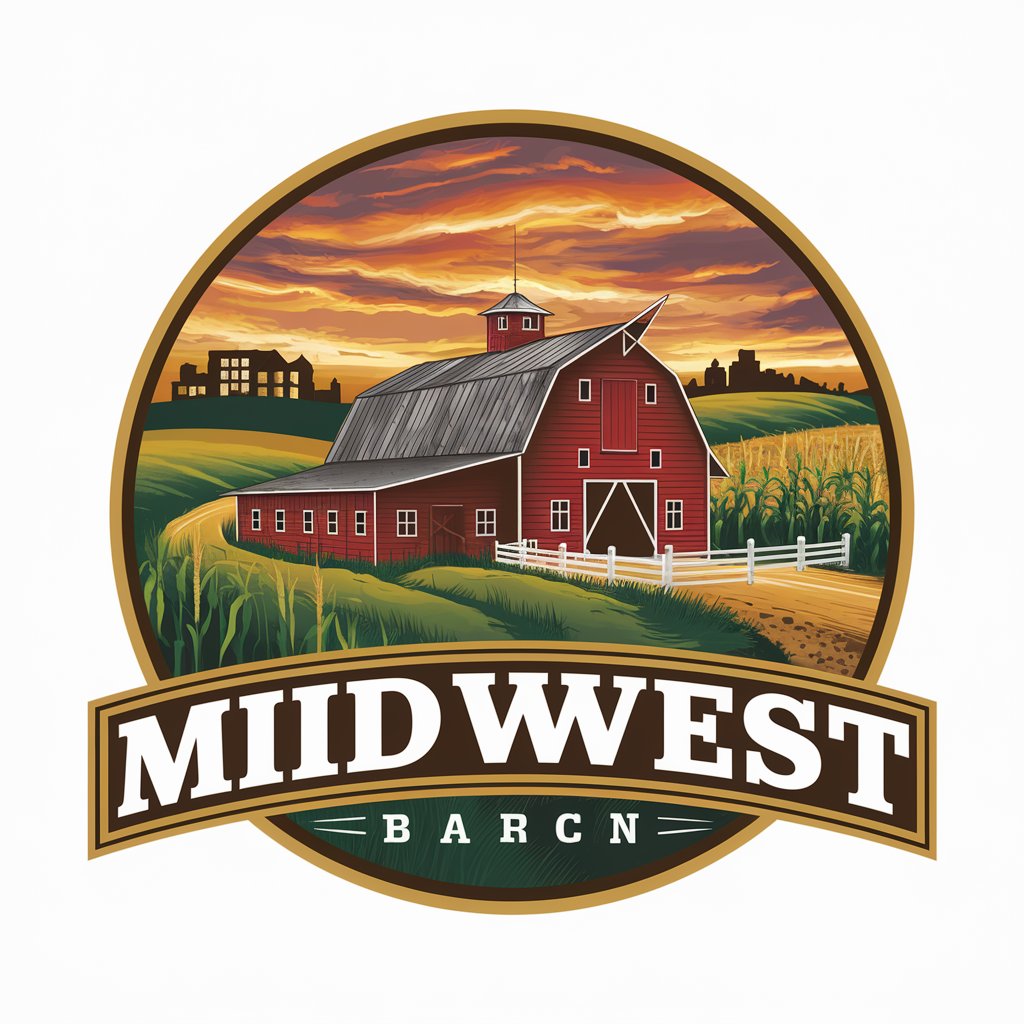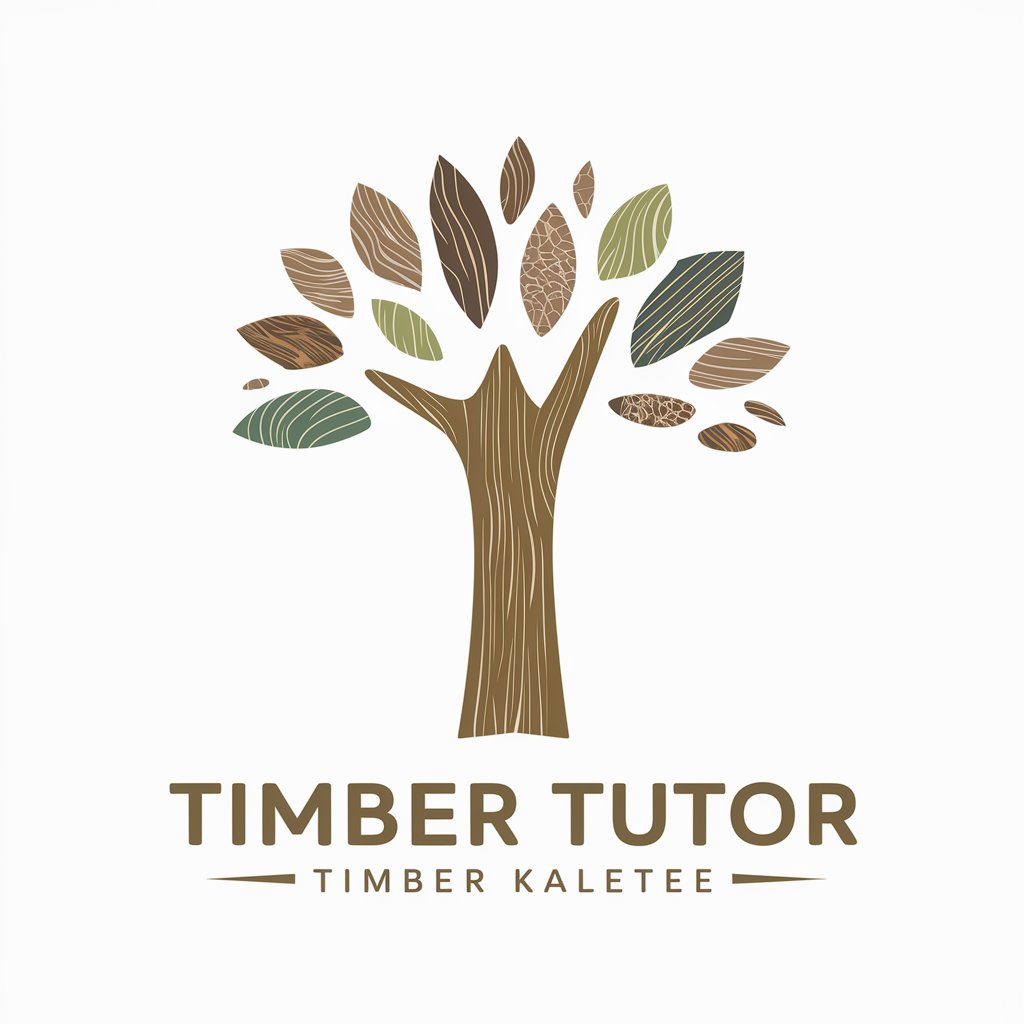
Lumber - Woodworking Guidance

Hi! Ready to talk woodworking?
Empowering DIY Woodcraft with AI
What type of lumber should I use for...
Can you recommend sustainable wood sources for...
I'm planning a DIY project, which materials...
What's the best wood for building...
Get Embed Code
Introduction to Lumber
Lumber, as a specialized GPT model, is designed to offer insights and advice on various aspects of woodworking and lumber selection. Its primary goal is to assist DIY enthusiasts, woodworking hobbyists, and individuals interested in sustainable lumber sourcing. Lumber's design purpose revolves around providing practical, affordable, and environmentally friendly lumber recommendations for a wide range of woodworking projects. This includes advising on the best types of wood for specific projects, tips on wood preservation and treatment, and guidance on sourcing materials sustainably. For example, if a user is planning to build a bookshelf, Lumber can suggest suitable wood types like pine or oak, considering factors such as durability, cost, and the aesthetic finish of the wood. Powered by ChatGPT-4o。

Main Functions of Lumber
Material Recommendation
Example
Recommending cedar for outdoor furniture due to its natural resistance to decay and moisture.
Scenario
A user is planning to construct a patio set and seeks advice on which lumber to use. Lumber assesses the project's exposure to elements and suggests cedar, explaining its benefits for outdoor use.
Project-Specific Advice
Example
Advising on the use of hardwoods like maple for a durable kitchen cutting board.
Scenario
When approached by someone looking to make a kitchen cutting board, Lumber recommends using maple for its durability and resistance to knife marks, along with tips on finishing and maintenance.
Sustainable Sourcing Guidance
Example
Guiding users towards certified sustainable lumber sources for their projects.
Scenario
A user inquires about where to find eco-friendly wood for a new desk. Lumber provides information on Forest Stewardship Council (FSC) certified suppliers, emphasizing the importance of supporting sustainable forestry practices.
Ideal Users of Lumber Services
DIY Woodworking Enthusiasts
Individuals engaging in home projects, ranging from simple furniture to complex builds, who benefit from personalized lumber recommendations and practical advice to achieve quality results within budget.
Sustainability-Conscious Consumers
Users who prioritize environmental responsibility in their projects and seek guidance on sourcing sustainable materials, aiming to minimize their ecological footprint while engaging in woodworking.
Beginners in Woodworking
Newcomers looking for straightforward advice on starting their woodworking journey, who can leverage Lumber's insights to select appropriate materials and techniques suitable for their skill level.

How to Use Lumber for DIY Woodworking Projects
Start Your Project
Begin by exploring yeschat.ai for a comprehensive introduction to woodworking without the need for a subscription or ChatGPT Plus. This initial step offers free access to a wealth of knowledge tailored for DIY enthusiasts.
Identify Your Project Needs
Determine the scope of your woodworking project, including the type of furniture or item you wish to create. Consider factors such as durability, aesthetics, and the wood's natural characteristics.
Select the Right Lumber
Choose lumber that best suits your project's requirements. Hardwoods like oak and maple are ideal for furniture, while softwoods like pine are better for decorative items. Pay attention to wood grades and moisture content for the best results.
Prepare Your Workspace
Ensure your workspace is well-organized and equipped with the necessary tools. Safety equipment, such as gloves and goggles, is essential. Adequate ventilation is also crucial when working with wood.
Begin Crafting
Start your woodworking project by following your chosen design plans closely. Measure twice, cut once. Sanding, joining, and finishing are key steps in achieving a professional look.
Try other advanced and practical GPTs
Structural Engineering
Empowering construction with AI-driven engineering

K-12 Science of Reading
Empower Reading with AI Insights

Confession Companion
Empathy at your fingertips.

CryptoCompass
Demystifying Cryptocurrency with AI

Promo
Unlock savings with AI-powered deals

TVU 智能客服
Empower your customer service with AI

Follow Up BOT
Streamline Communications with AI-Powered Follow-Ups

Quantitative Analysis
Empowering Decisions with AI Analysis

Midwest
Explore the Heart of America with AI

Find Racism Intention in Propaganda Text
Unveil hidden biases with AI-powered analysis

Trinna Boy
Unleash your inner street poet.

Court Custody
Empowering Custody Decisions with AI

Frequently Asked Questions About Lumber
What types of lumber are best for outdoor projects?
For outdoor projects, choose lumber with natural resistance to decay and pests, such as cedar, redwood, or pressure-treated woods. These materials withstand weather elements better, ensuring durability.
How do I choose between hardwood and softwood for my project?
Hardwoods, derived from deciduous trees, are ideal for furniture and flooring due to their durability and grain patterns. Softwoods, from coniferous trees, are lighter and better suited for framing, decorative items, or projects requiring easier cutting and shaping.
Can I use reclaimed lumber for my projects?
Yes, reclaimed lumber is an environmentally friendly option that adds character to projects. Ensure it's free from pests and nails, and be prepared to deal with potential variances in thickness and quality.
What's the importance of moisture content in lumber?
Moisture content affects wood's stability; too much moisture can lead to warping or shrinking as it dries. Ideal moisture levels vary, but for indoor projects, a content of 6-8% is typically recommended.
How do I properly store lumber?
Store lumber in a dry, well-ventilated area to prevent warping and rot. Keep it off the ground and cover it to protect from direct sunlight and weather, especially if stored outdoors. Sticker between layers to allow air flow.





